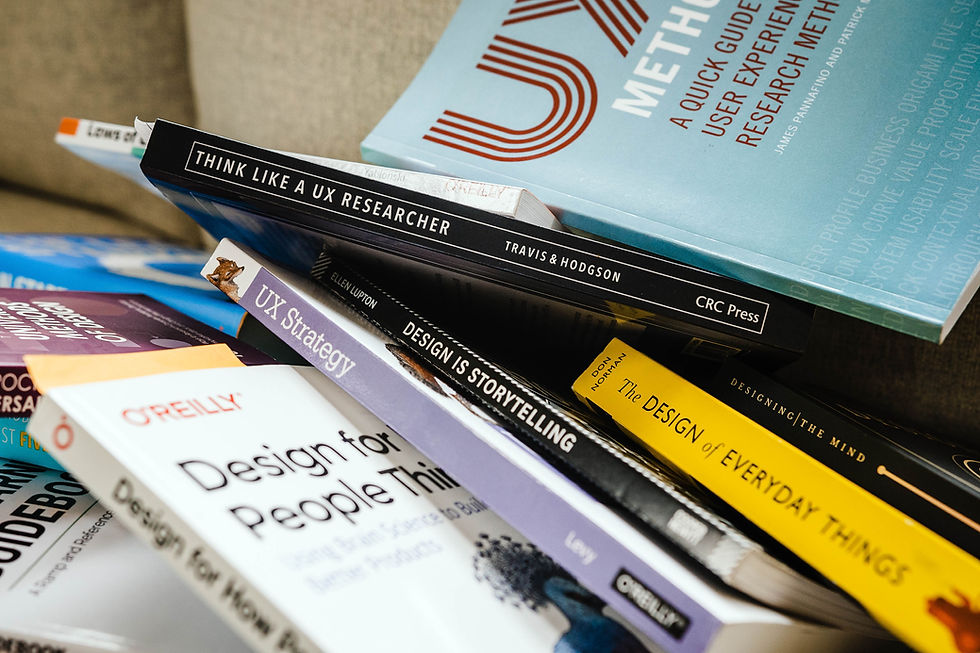UX Design Principles | Ultimate UX Guide by Kachaam
- Ashok Mahiwal
- Oct 10, 2024
- 2 min read
Updated: Oct 11, 2024

User-Centered Design (UCD) is one of the foundational principles in the UX design process. It’s the practice of designing with the end-user in mind, ensuring that the product solves real problems for real people. The UCD process involves deep user research, usability testing, and iterative design to guarantee that users’ needs, goals, and behaviors guide the design direction.
In this guide, we’ll cover what UCD is, why it’s crucial for businesses aiming for digital success, and how to implement it effectively into your UX strategy.
1. What is User-Centered Design?
A detailed definition of UCD.
Explanation of why it's important in today's digital landscape.
How UCD differs from traditional design processes.
2. The UCD Process: A Step-by-Step Approach
User Research: Conducting interviews, surveys, and observation to understand the target audience.
Personas & Scenarios: Creating user personas to represent various user types and how they will interact with your product.
Prototyping & Wireframing: Designing based on real user needs, not assumptions.
Usability Testing: The iterative process of testing prototypes with real users.
Feedback Loops: How continuous feedback ensures product relevance.
3. Why User-Centered Design is Essential for Business Growth
The relationship between UCD and user satisfaction.
Case studies: Brands that succeeded by putting users first.
The role of empathy in building customer loyalty.
4. Best Practices for Implementing UCD
Tips for gathering actionable insights from user research.
The importance of user testing at every stage of design.
Ensuring UCD across different platforms (web, mobile, apps).
5. Tools and Techniques for Effective UCD
Tools for user research (e.g., Hotjar, UserTesting, etc.).
Tools for wireframing and prototyping (e.g., Figma, Sketch, Adobe XD).
Real-time collaboration tools for design and feedback.
6. Challenges in User-Centered Design and How to Overcome Them
Dealing with conflicting user feedback.
Balancing business goals with user needs.
Managing scope creep in UCD projects.
7. The Future of User-Centered Design
How AI is influencing UCD.
Personalization and UCD: Tailoring the UX to individual user behavior.
Data-driven UCD: Using analytics and AI to inform design decisions.
Conclusion: User-Centered Design is more than just a principle—it's a philosophy that drives meaningful digital experiences. Businesses that adopt UCD can expect better user engagement, higher satisfaction, and long-term loyalty. At Kachaam, we are dedicated to crafting experiences that resonate with users by putting them at the center of every design decision.
Ready to Elevate Your Brand and User Experience?
Discover how Kachaam Design Agency can craft seamless digital experiences, create captivating brand identities, and provide on-demand design solutions through our premium services. From insights that shape tomorrow to design innovations delivered daily, we are here to help your brand stand out. Let's make it happen—get in touch!



Комментарии